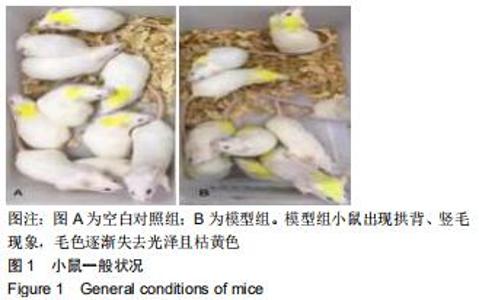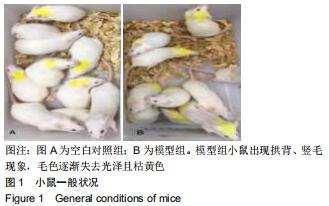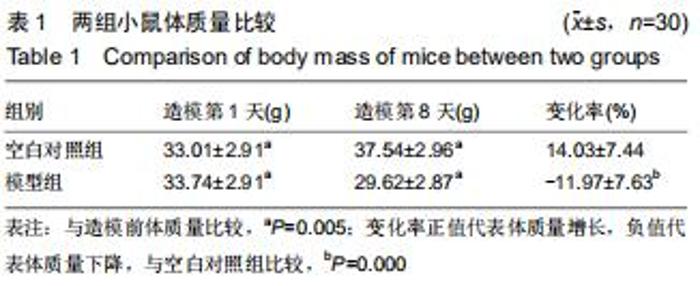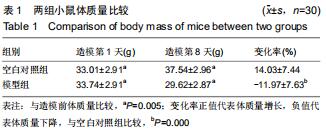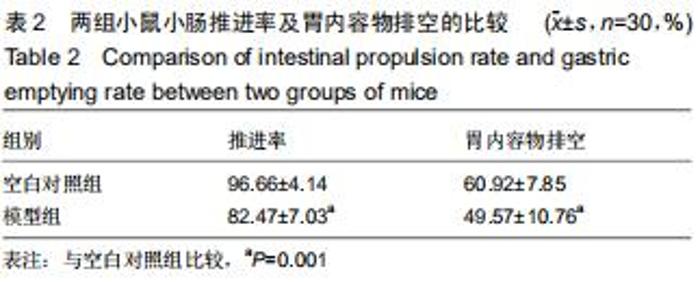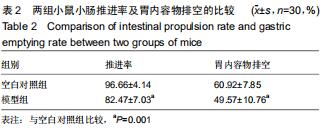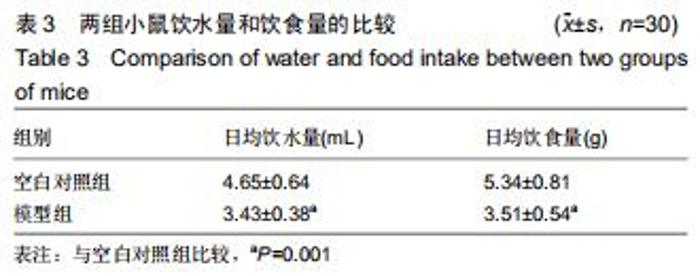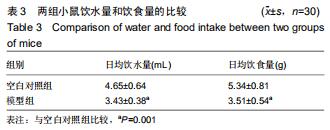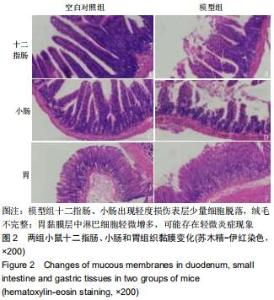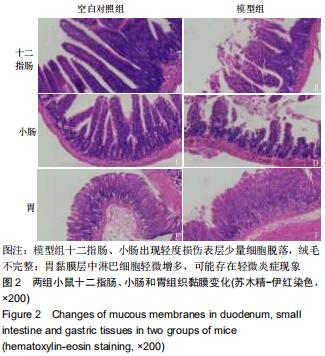|
[1] 李建锋,谢胜,陈广文,等.碘乙酰胺在消化系统疾病动物模型研究中的应用概况[J].中国实验动物学报,2018,26(4):533-539.
[2] 吕林,唐旭东,王凤云,等.胃动力障碍型功能性动物模型的建立[J].中国中西医结合杂志,2017,37(8):944-949.
[3] 刘成全,邓青,谭志超,等.功能性消化不良脾虚证大鼠模型的建立及评价[J].中国实验动物学报,2017,25(3):311-315.
[4] WEI W, LI X, HAO J, et al.Proteomic analysis of functional dyspepsia in stressed rats treated with traditional Chinese medicine "Wei Kangning".J Gastroenterol Hepatol. 2011;26(9): 1425-1433.
[5] LIANG Q, YAN Y, MAO L,et al.Evaluation of a modified rat model for functional dyspepsia.Saudi J Gastroenterol.2018;24(4): 228-235.
[6] 刘红静.益胃散对功能性消化不良模型小鼠血浆胃动素水平的影响[D].哈尔滨:黑龙江中医药大学,2008.
[7] 吴洋,马学琴,王洋,等.胃元宁对功能性消化不良小鼠胃肠运动及胃肠激素分泌的影响[J].中国实验方剂学杂志,2014,20(24):185-189.
[8] YE Y, WANG XR, ZHENG Y, et al. Choosing an Animal Model for the Study of Functional Dyspepsia.Can J Gastroenterol Hepatol. 2018;2018:1531958.
[9] 林雪莲,唐旭东,王凤云,等.肝郁脾虚与胃肠运动障碍关系的研究[J].中国中西医结合消化杂志,2016,24(10):805-808.
[10] 韩荣燕,吕康,刘树丽,等.功能性消化不良的中西医诊治进展[J].长春中医药大学学报,2018,34(4):809-812.
[11] 刘俊宏,汪龙德,毛兰芳,等.功能性消化不良中医药研究进展[J].甘肃中医药大学学报,2017,34(6):91-94.
[12] 奚锦要,朱永钦,朱永苹,等.功能性消化不良中医药临床研究进展[J].辽宁中医药大学学报,2017,19(2):83-86.
[13] 戴宁.功能性消化不良的中医辨治经验总结[A].中国残疾人康复协会中医康复委员会.中国残疾人康复协会中医康复委员会第十三届学术年会论文集[C].中国残疾人康复协会中医康复委员会:中国残疾人康复协会中医康复委员会,2018:8.
[14] LUO J, WANG T, LIANG S, et al. Experimental gastritis leads toanxiety- and depression-like behaviors in female but not male rats, Behav Brain Funct.2013;9:46.
[15] 曹京梅,官莉.心理干预改善功能性消化不良患者焦虑、抑郁状态的效果观察[J].心理月刊,2019,14(13):62.
[16] 吕林,唐旭东,王凤云,等.胃动力障碍型功能性消化不良动物模型的建立[J].中国中西医结合杂志,2017,37(8):944-949.
[17] LIU LS, WINSTON JH, SHENOY MM, et al. A rat model of chronic gastric sensorimotor dysfunction resulting from transient neonatal gastric irritation.Gastroenterology.2008;134(7):2070-2079.
[18] FIORUCCI S, DISTRUTTI E, QUINTIERI A, et al. L-Arginine/Nitric Oxide Pathway Modulates Gastric Motility and Gallbladder Emptying Induced by Erythromycin and Liquid Meal in Humans. Dig Dis Sci. 1995;40(6):1365-1371
[19] 杜怡雯,冯江毅,胡黎文,等.大黄的药理活性研究及临床应用[J].中医临床研究,2018,10(25):24-27.
[20] 胡洁,彭买姣,罗怀浩,等.番泻叶造模对小鼠肠道微生物及酶活性的影响[J].中国微生态学杂志,2018,30(2):155-157
[21] 刘艳阳.功能性消化不良脾虚证动物模型制作及评价方法研究[D].北京:北京中医药大学,2015.
[22] 朱曼,康荻,张慧,等.脾虚复合肺纤维化影响大鼠肺功能的初步研究[J].北京中医药大学学报,2017,40(2):130-134.
[23] 陈艳琰,曹玉洁,唐于平,等.甘草调和大黄“泻下攻积”作用的量-毒-效关系研究[J].中国中药杂志,2019,44(10):2181-2189.
[24] 魏连波,刘玲玉.大黄的毒副作用及在肾病中的合理应用[J].中华肾病研究电子杂志,2018,7(1):13-16.
|
